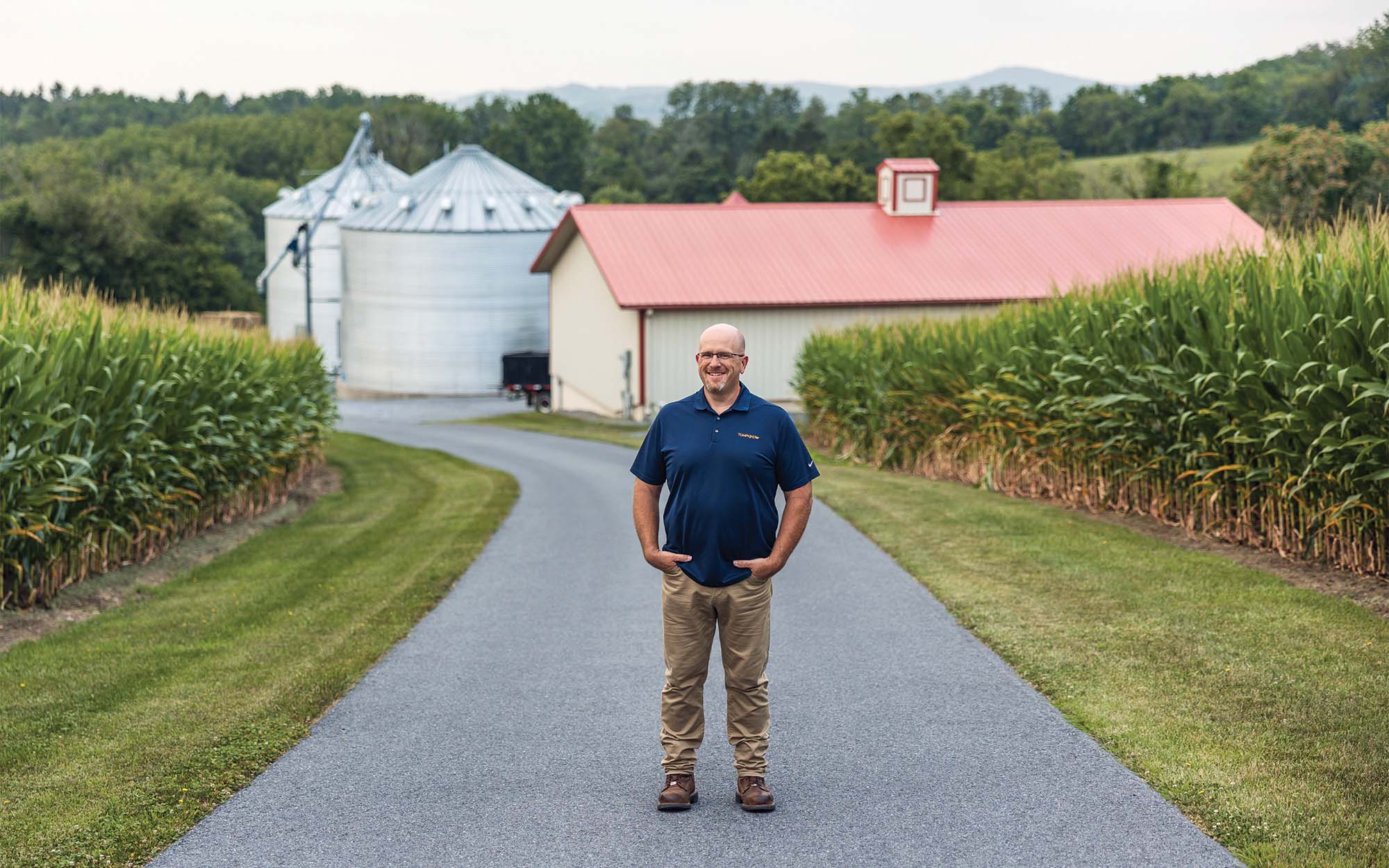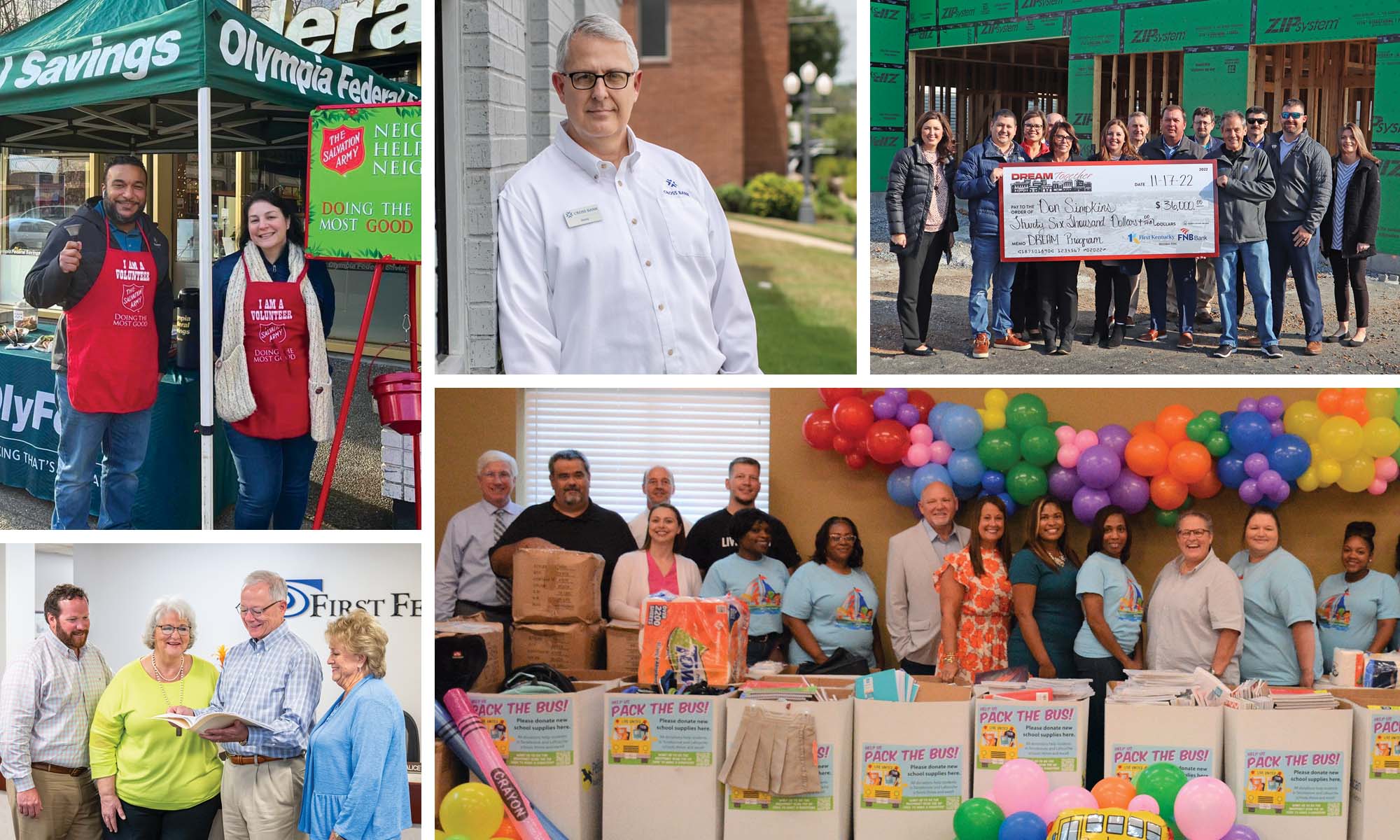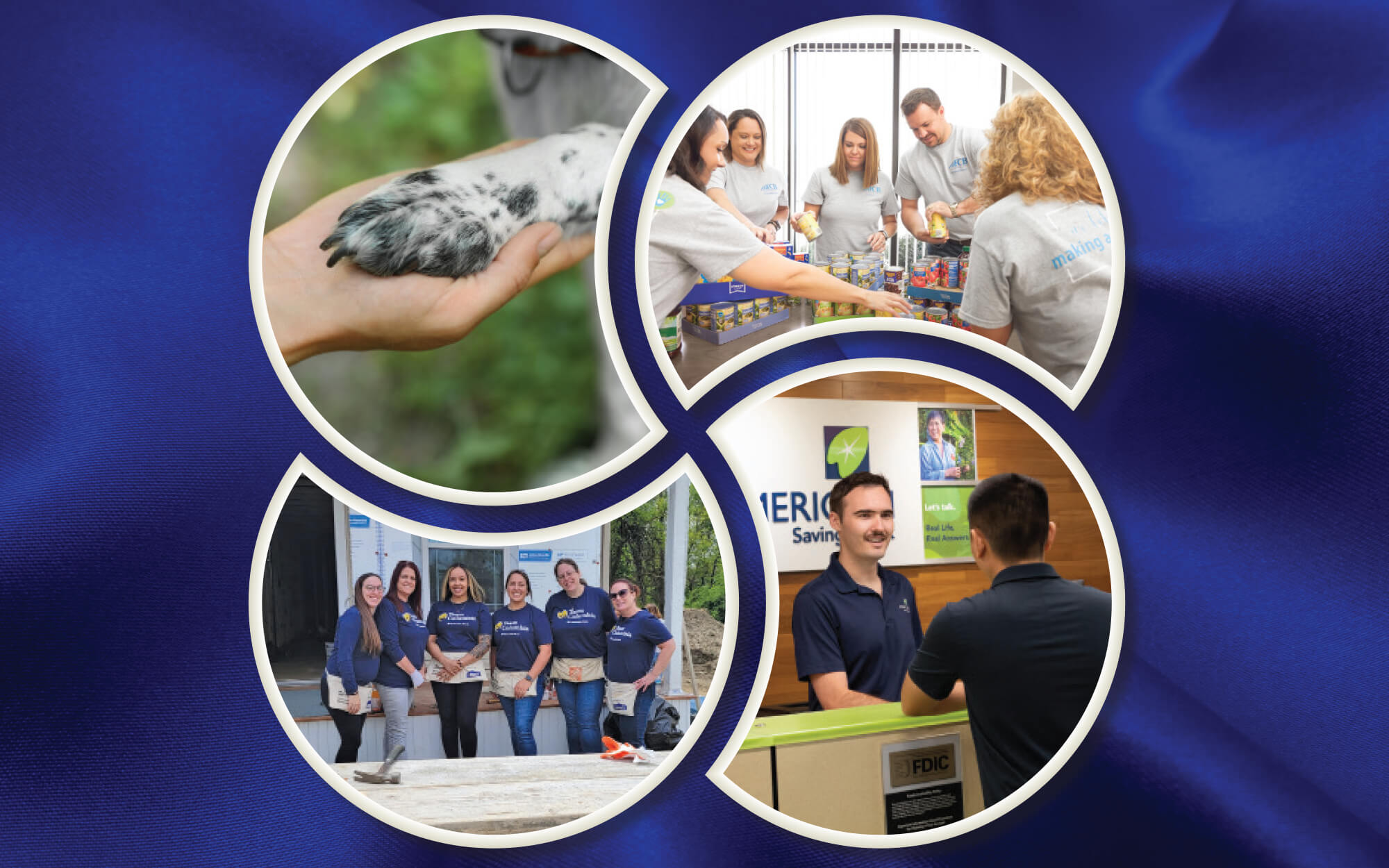Technological advances in agriculture are pushing community banks with ag lending arms to go digital. They’re being called on to finance everything from robotic milking machines and vertical farming to AI, and to seize bold new ideas for speeding up what were once cumbersome loan processes.
Investing in drones is a prime example of how farmers are pushing the technology envelope.
“In the last couple of years, there’s been a real uptick in buying drones,” says Kevin Stith, vice president of underwriting for $1.5 billion-asset First Financial Bank in El Dorado, Ark. Today’s larger, more advanced drones, he explains, can spot-spray crops with herbicides (instead of blanketing an entire field) and can scout out problems that need tending without a farmer devoting precious hours to traversing the land.
“If a farmer wants to refinance a loan or is looking at a purchase in April or May … [they don’t] want to get off the tractor or combine to get three to five’ years of tax returns and balance sheet verification.”—Kevin Stith, First Financial Bank
As demands for drones and other tech game changers rise, community bankers are scrambling to find digital solutions for busy farmers loath to leave their fields to sign and deliver documents, Stith explains.
“If a farmer wants to refinance a loan or is looking at a purchase in April or May, when the majority of planting gets done, [they don’t] want to get off the tractor or combine to get three to five years’ of tax returns and balance sheet verification,” he says. “They’re busy and focused.”
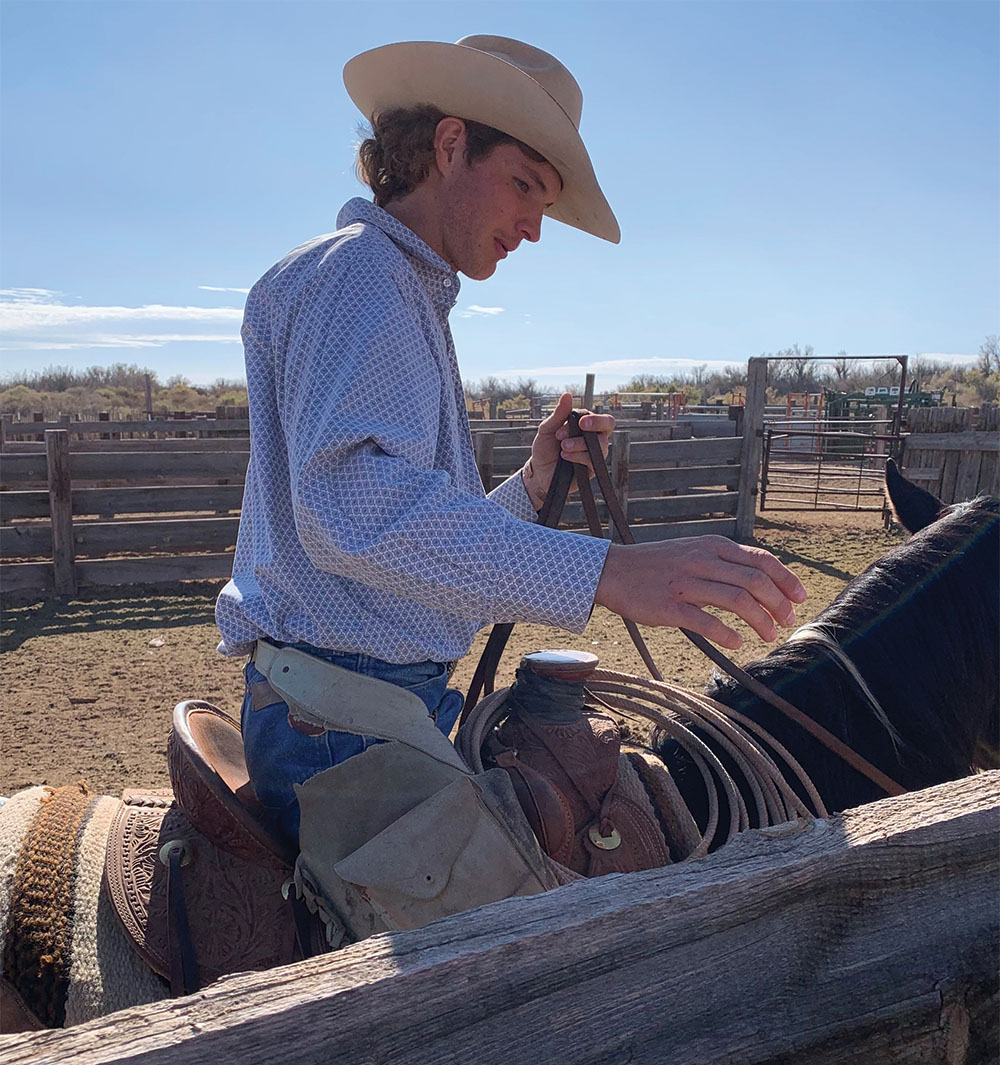
Charles Potts, executive vice president and chief innovation officer for ICBA, notes that the metamorphosis that has taken place in commercial, construction, and consumer and mortgage lending is finally starting to hit the ag lending space.
“I would describe the agtech space as very fertile, no pun intended,” he says. “Because of technology, both the borrower and the lender are going to have an opportunity to be more effective in what they’re doing. That’s why there’s an awakening and a desire for change.”
Data-driven processes
Among the forces driving community banks with ag lending arms to embrace technology, the greatest is arguably tech-savvy farmers themselves.
“Farmers have been the protagonists in pushing digitalization efforts within ag lending,” says Ben Maddox, vice president of business development at Acres in Fayetteville, Ark. “Farmers are pushing and driving a lot of change in the industry.”
What do farmers want from the lending process? Above all, says Maddox, it’s speed.
As a platform for analyzing farmland that’s to be bought or sold, Acres could be seen as the Zillow of the ag space. “The digitization of sales records for farms has allowed ag lenders to underwrite loan applications faster because they have a large amount of data to pull from,” says Maddox. “Lenders can see that farms like [a particular] property have sold at this price in this area over the last 12 months.”
Unlike on Zillow, however, farm valuations are not straight comparisons between neighboring properties; the price for a given parcel depends on the quality of the soil, access to water and other productivity measurements.
“Farmers need to know where they’re at in the loan process, [in] real time, without having to make a call or sit down at their computers.”—Aaron Magenheim, AgTech Insight\
Maddox notes that just as databases of property sales records have been digitized, so have the production histories of farms. “Everything that happens on a farm is now saved in the cloud,” he explains. “So, when a lender says, ‘I’d love to give you a loan on that property, but I’m going to need some information to support my underwriting decision,’ the farmer can send a link and show the full production history.”
In addition, tech has remade the rules of how loans are closed.
“You used to not be able to close an ag loan remotely. You had to go to the county courthouse,” says Jackson Takach, chief economist and senior director of strategy, research and analytics for Farmer Mac. “With the pandemic, we learned we can do what we need to do without human interaction.”
Data is critical at all aspects of the funding process, explains Aaron Magenheim, CEO and founder of AgTech Insight, an agriculture technology consulting firm in Salinas, Calif.
“Farmers need to know where they’re at in the loan process, [in] real time, without having to make a call or sit down at their computers,” he says.
Having up-to-the-minute information is more than a convenience; it’s critical for sound decision-making.
“Knowing where farmers are at with an operating loan matters,” says Magenheim. “Do I need to sell my grain this week? Or can I wait three weeks for a better price? And when can I buy a new piece of equipment?”
Weighing tech capital loans
In southern Minnesota, dairy farmers are embracing technology. With precision dairy, it’s possible to measure everything from a cow’s body temperature to daily milk output and even to get ahead of disease outbreaks, explains Tait Berg, senior agricultural coordinator for the Federal Reserve Bank of Minneapolis.
Ditto, he says, for ranchers, who are now placing GPS trackers on cattle to create virtual or geofencing boundaries that can be defined via iPad or computer. “[Checking and]fixing fences is labor intensive and tedious,” he says, “so if the cost of the technology comes down, the ROI for that innovation could be very good.”
While technology is reshaping everything from traditional farming to ranching and fishing, Travis A. Werley, senior vice president and agricultural relationship manager at $7.6 billion-asset Tompkins Community Bank, which is based in Pennsylvania and New York, notes that “row cropping has been at the forefront of technology in agriculture.”
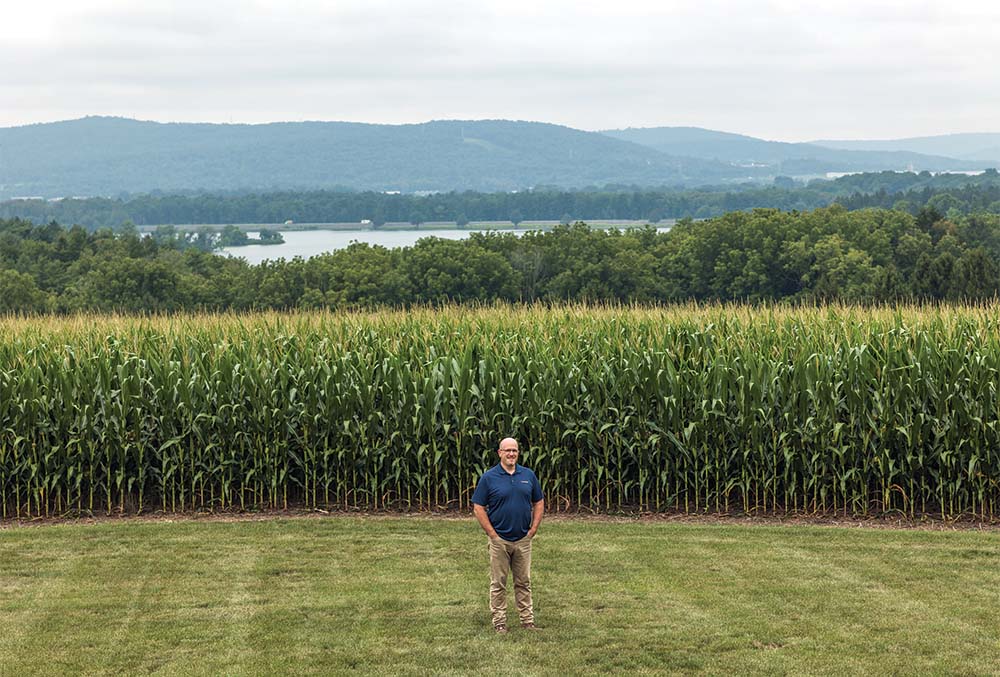
One seismic change in row-crop technology is machines that singulate seed. Instead of dumping seed in rows, as grain drills do, these newcomers place each seed individually.
Further down the road, farms could be worked by robots and autonomous tractors, predicts Magenheim. Although these technologies may not be fully commercialized for a few more years, he urges bankers to get on board early, supporting changes to come.
Today, he notes, farmers are borrowing to pay workers, and labor costs come with a raft of risks. “If you’re lending for farmers to buy a machine,” he says, “you lower the risk factors and there’s an asset. [Capital investments] make a lot of sense from a lending standpoint.”
Matthew Nankivel, assistant vice president at the Minneapolis Fed, agrees that rapidly rising labor costs are accelerating how farmers embrace technology. “The economics,” he says, “are pushing people to adopt the latest technology more quickly.”
Growing up
Another important development for bankers to watch is vertical farming, or the practice of growing crops indoors in stacked layers. “Vertical farming is incredibly capital intensive, and so new entrants need more money to use those technologies,” says Farmer Mac’s Tackach.
On the other hand, this type of farming can be done 24/7, year-round, and is not subject to the vicissitudes of weather.
Although its still in its early days, Tackach maintains that “higher prices and [concerns about] availability of water are changing the game here.”
Precision financing
When it comes to rethinking lending for the farm-tech revolution afoot, newer, more flexible lending models are one answer (see Ready for new ag loan customers? sidebar below).
“Bankers are competing for loans with other ag lenders,” says Patrick Kerrigan, vice president, business development, at Farmer Mac. “Speed is of the essence, because the consumer—the farmer, the rancher—wants a very quick decision. The technology helps speed the decision so bankers can move faster in meeting consumers’ financial needs.”
Another answer is finding ways to equip community bankers with digital lending solutions that rely on previously untapped data to make better, faster decisions.
Croptell, a fintech debuting an ag lending solution backed by data science this month, is eliminating paper and even digital loan applications in early stages of the borrowing process. “We’re using metadata to approve loans in a prequalification step,” says Scott Sartor, founder and CEO of the Hernando, Miss.-based startup.
Such prequalifications, which exemplify what he’s dubbing “precision financing,” aren’t designed to replace traditional underwriting but rather to point bankers toward prospects worth approaching earlier than ever before.
“Many people refer to agriculture as the backbone of the country, and we believe that wholeheartedly. But it takes a community bank to get a farmer set up financially with the necessary funding,” says Sartor. “So, we’re backing the banks that are backing the farmers that are the backbone of America.”
Inspiration from other industries
Potts envisions bankers starting to create new ag lending products based on a model followed by some commercial lenders in the construction industry. Here, bankers have begun allocating money based on hitting key milestones in the completion of a building. He is convinced that the same concept could be extended to the agricultural space.
More from ICBA
Two virtual sessions of Community Banker University’s Agricultural Credit Analysis Seminar were offered in 2023. Watch for 2024 dates to be published soon!
“With all of those steps going from raw dirt to an ear of corn, you have a lot of milestones, and so the lending process could be unbundled in different ways and managed with better data and better access,” says Potts. “This way, lenders could get more creative in the types of loans they make.”
While ag lending might be on the brink of a radical transformation, some community bankers are steadfast in their commitment to maintaining the best of traditional banking.
“We communicate more through drop boxes and texting,” says Tompkins’ Werley, “but even if customers send tax returns and financial statements by email, I’m still going to stop out at their operations just to say hello.”
He concludes: “We’re a community bank, and so the focus is on the face-to-face. We’ll always want that personal touch.”
Walking the talk
Not all ag lenders stand in their customers’ shoes quite like Travis A. Werley, senior vice president and agricultural relationship manager at Tompkins Community Bank. Not only has he been an agricultural lender for 30 years, he also operates a 350-acre Pennsylvania farm where he grows corn, soybeans and hay.
“Farmers speak a totally different language,” Werley says. “If you can’t speak that language, it’s very difficult to communicate.”
As a farmer, Werley knows firsthand that partnering is an appealing option for accessing the latest technology. He himself entered into a five-year agreement with a neighboring farmer whose high-tech planter has row shutoff and variable-rate seeding capabilities.
Outfitted with a computer and traveling up to 10 miles per hour, the planter analyzes nutrient levels and productivity potential of the soil and then varies the placement of seed accordingly. Werley’s corn yield increased from 140 to 200 bushels to the acre under the partnership.
Of course, planters like this might cost $500,000 and so are out of reach for farms of Werley’s size.
“[Our partner is] getting yields off our farm that I never could,” says Werley. For both of them, then, the arrangement makes perfect sense.
Ready for new ag loan customers?
Ag technology isn’t the only thing that’s changing. Loan seekers are, too.
“There are a lot of farms being sold to institutional investors and private equity. With that, the customer base is changing,” says Aaron Magenheim, CEO and founder of AgTech Insight, an agriculture technology consulting firm in Salinas, Calif. “The 500- or 1,000-acre farmer that’s been in the community for three generations is selling his farm to a large institution that may come back to the small community bank to get operating loans for a year or two, but then move on.”
Retaining these new customers requires work, but it’s hardly an impossible dream.
“If you don’t have good online banking, if customers have to walk in and sign papers to get a loan, none of that’s going to work for new investor types buying these properties,” says Magenheim. “If you have the right tools available, though, there’s a real good chance you can keep the business.”
The rise of scoring models
The arrival of new scoring models, a popular one being Farmer Mac’s AgXpress, is making it faster and easier to grant ag borrowers loans.
“With AgXpress, we’re trying to compress the amount of time it takes a lender to close a loan with Farmer Mac,” says Patrick Kerrigan, vice president, business development at Farmer Mac. “Bankers can deliver information to us through online portals, and we can turn around and get them a credit decision in less than one day.”
When the service launched four years ago, AgXpress loans could not exceed $750,000, but as the model has demonstrated its success, the loan limit has increased to $3 million.
A few years ago, First Financial Bank in El Dorado, Ark., began using third-party scoring models with information pulled from credit bureaus to grant loans more quickly, says Kevin Stith, vice president of underwriting. He explains that inputting information into AgXpress might take 30 minutes, relative to the hours once needed to gather three to five years of past tax returns, a balance sheet history and cash flow data.
In addition to reducing the time to issuing a loan decision to 24 hours from two-to-three days, loans through AgXpress and other scoring models are performing well.
“With these scored models, we’re collecting less data but we’re finding that charge-offs and delinquencies are equal to or less than what we see with traditionally underwritten loans,” Stith says.


